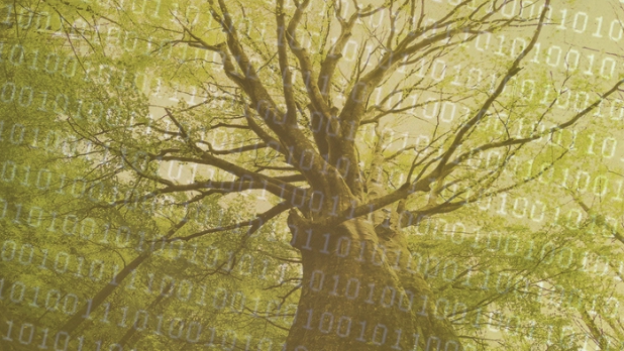
Just how connected are we?
In a week when there has been a lot of coverage of the Apollo 11 expedition and landing on the Moon 50 years ago (on 20 July 1969), it is perhaps circumspect and prudent to consider where our shared environment may be, in 50 years-time?
Over the last 5 decades we have seen a doubling of global population, a tripling of global food consumption, water consumption has doubled and there has been a tripling of fossil fuel consumption. Over this same period, we have increased our damaging footprint on our shared planet, not only more than any other period in history, but more than the sum of all human history before it! What has taken the varied species of global flora and fauna, more than a billion years to evolve and thrive, has only taken two hundred years, and particularly the last 50 year, for mankind to make a significant and everlasting negative impact upon it.
Fifty years ago, environmentalists were focused on local issues, primarily the pollution of our local lands, waters, and air. However, now we need to think of environmentalism in global terms. Why?... because everything is connected. Pollution and the loss of biodiversity effects so many different but connec ted ecosystems. This includes but is not limited to: the quality of air, water, soils, forests and fisheries.
As an example of this biomass-connectivity, pollution in the Indian Ocean will affect fish quantities and quality in many other oceans around the world.
Anthropocene. (Emma Bryce. 28 June 2019) says,
…” researchers on the new Science study developed a particle-tracking system to mimic the movement of fish larvae from over 700 commercially-fished species, based on knowledge about the location of their spawning grounds in different Exclusive Economic Zones (EEZs) around the world. Then they simulated seasonal ocean currents to study the movement of these eggs between 249 global EEZs.
The simulation – the first to trace how far fish larvae travel globally—provided an unprecedented view on how fish get to where they’re eventually caught. This revealed that most countries depend on the provision of larvae from other parts of the world to prop up their fisheries—and this ‘donated’ fish benefits economies to the tune of several billion dollars annually.”
This leads us to the premise, our shared planet, and all species there upon, are universally connected. Earth is a closed system of interactions, reactions, feedback and life, and is symbolic of a single living organism. Our shared planet needs our shared environmental conscience to evolve, to become all-encompassing ensuring all global citizens have a voice, in the future of their planet. This goal will be achieved by the environment4change software development project.
The future must be defined by a new paradigm, that is to say everyone having equal access to environmentalism, across the globe. This means allowing everyone to participate in global environmental innovation, and giving that entrepreneurship, a community and market economy upon which to grow and profit, profit being for the benefit of the planet not in-spite of it!
The benefits of the environment4change Platform as a Service (PaaS) development project include:
- • Democratisation of environmentalism.
- • The best environmental entrepreneurship from around the globe will be recognised early and quickly replicated.
- • Help communities understand the value of recycling, the importance of the Circular economy and give guidance on how to implement it.
- • Improve living standards in areas of high deprivation, help lift people out of poverty and redistribute power, capital and opportunity to the people within those communities.
- • Data and information to play a greater role in environmental protection.
So significant will be the collective potential and opportunity for change be, we believe only via an aggregating, collecting and inclusive PaaS, that real and lasting positive change is possible, as it is inclusive of global: action, education, innovation, intent, participation, funding, community and science.
References:
Anthropocene. futureearth. $10 billion worth of fish annually comes from a place other than where it was caught. Emma Bryce. 28 June 2019. http://www.anthropocenemagazine.org/2019/06/10-billion-worth-of-fisheries
Image courtesy of: https://longitudes.ups.com/how-tech-is-driving-a-fourth-wave-of-environmentalism/
